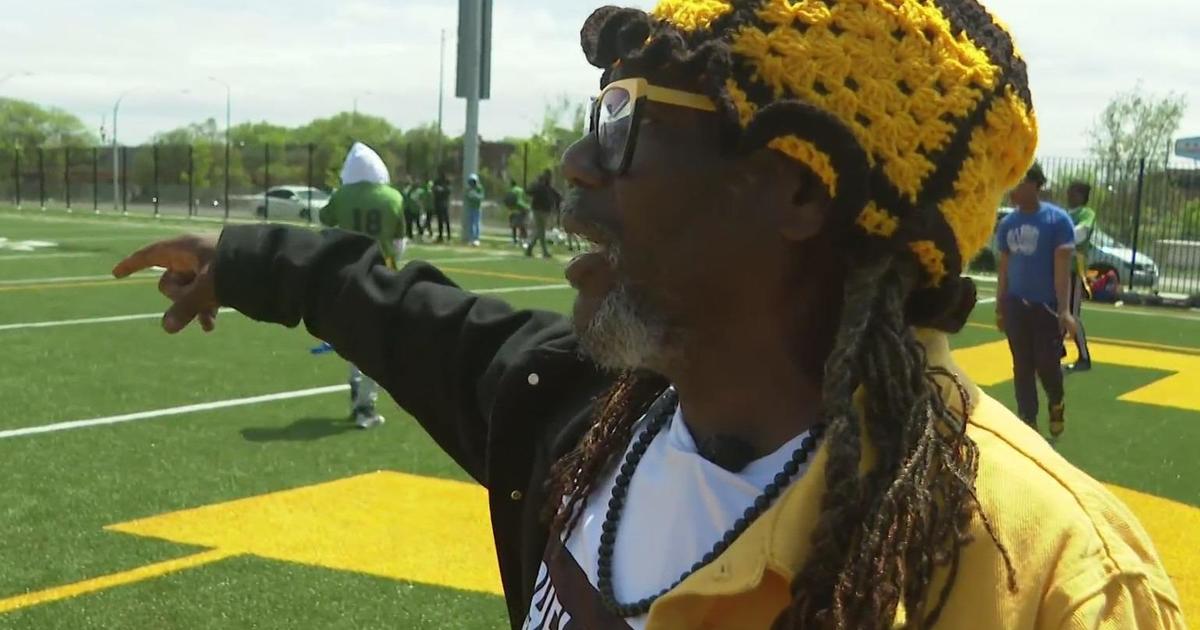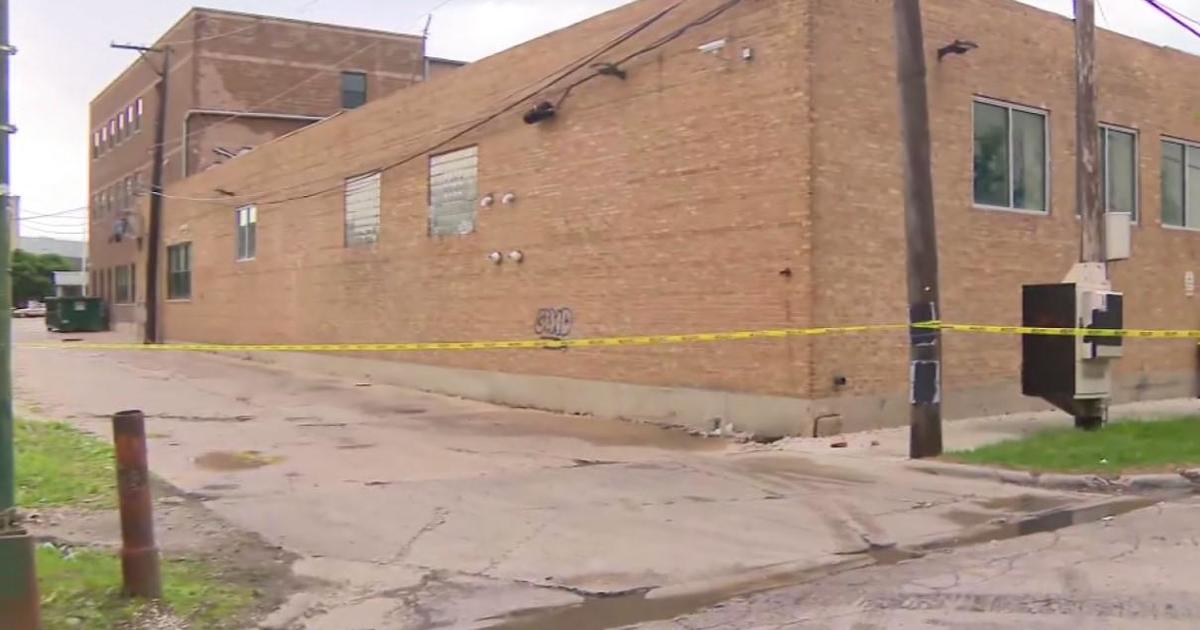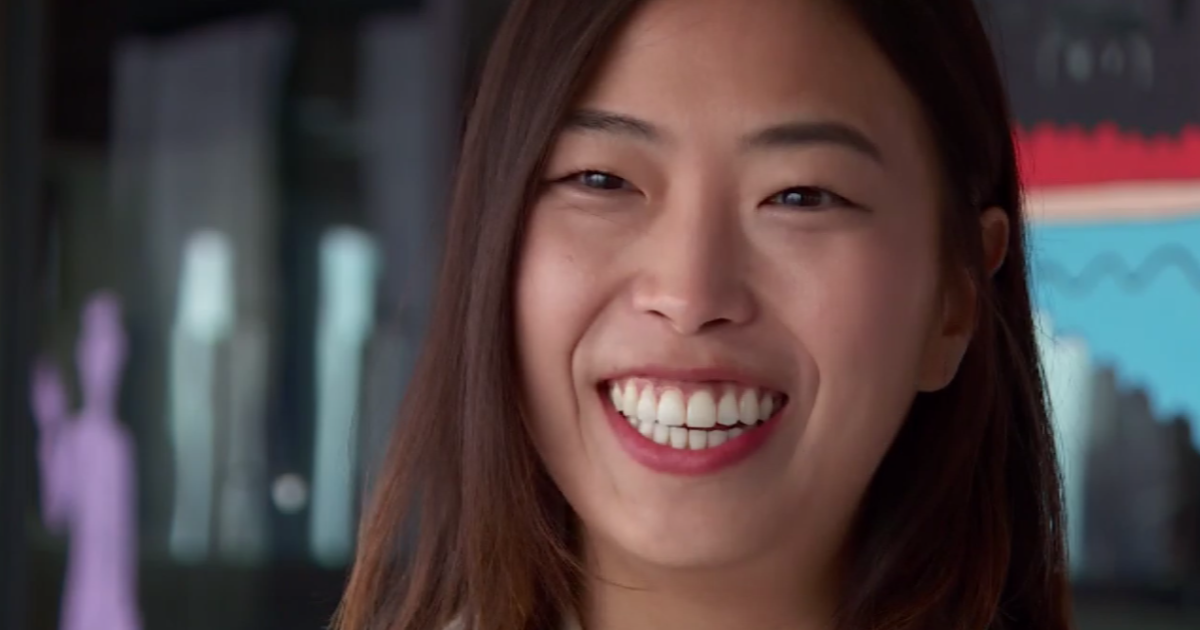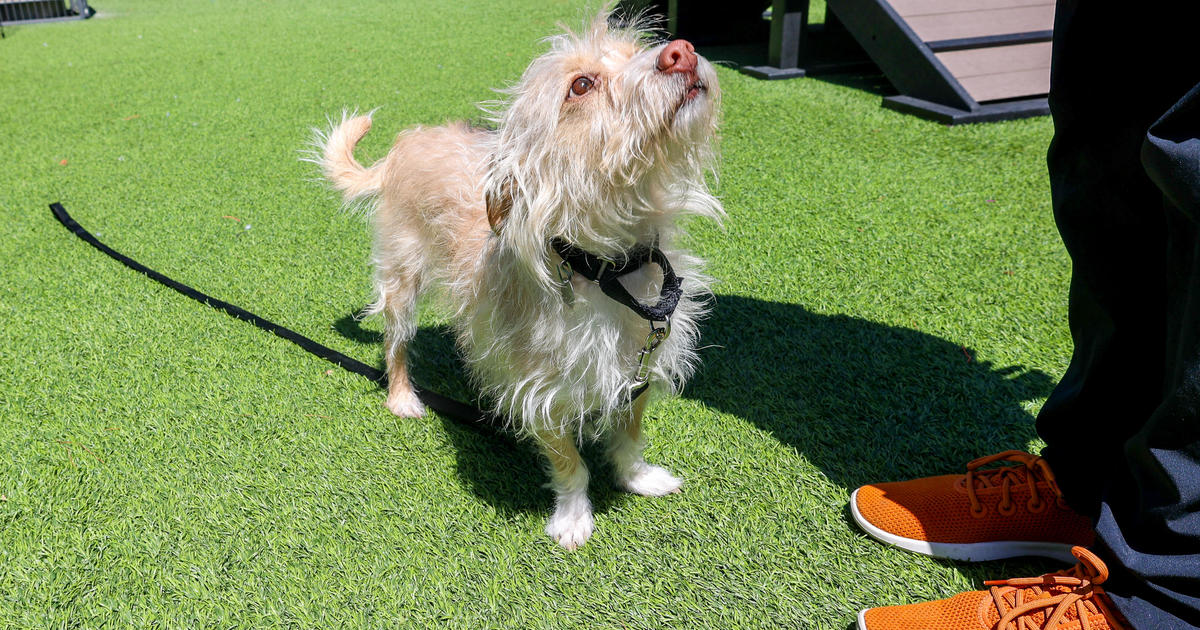Paseo Boricua tour highlights culture, history and Puerto Rican pride in Chicago
CHICAGO (CBS) -- As CBS 2 continues to celebrate Hispanic Heritage Month, we take a walking tour of Chicago's Humboldt Park neighborhood.
As CBS 2 Chief Meteorologist Albert Ramon explains, this isn't just any tour. It's a step into history.
"We are the first Puerto Rican cultural district in the U.S. We have the largest concentration of Puerto Rican eateries. We also have one of the largest concentrations of public art," said Eduardo Arocho of the Paseo Boricua Tour Company.
They're walking. They're talking. And they're learning - a lot about Chicago's historic Humboldt Park neighborhood on this walking tour, hosted by the neighborhood's biggest cheerleader, longtime resident Eduardo Arocho.
But why a walking tour?
"Everybody likes to walk, get to know the neighborhood and obviously see up close the wonderful art and smell the great cuisine," said Arocho. "Ours cover six blocks on Division, from Western to California."
It's officially called the Paseo Boricua. That's "Puerto Rico Street" in Spanish and it's bursting with art, including 80 different murals on walls and on the ground.
"(One is) dedicated to the Pulse Nightclub massacre which occurred in Orlando, Florida, taking the lives of 49 people.
Tours are set to last an hour, but they almost always run over. Because there's so much to see, and so much to say.
"This one is called 'A Sea of Flags.' It's probably the most iconic mural on Paseo Boricua," Arocho said.
Flags, we learned, are especially important in Puerto Rican history, as evidenced by the giant flags on either side of Paseo Boricua. They are official Chicago landmarks.
"So altogether how many tons? Sixty tons of steel and concrete," Arocho said. "The Puerto Rico flag was made illegal from 1898 to 1957. It became a cultural symbol as well as a symbol of ethnic identity."
Arocho said the murals show how long, and hard, Puerto Ricans had to fight for respect, fair housing, and even schools. It's a challenging history, marred by exclusion.
"It's a statement on gentrification and how it erases the history of the community," Arocho said. "When the Puerto Rican community started to come to Chicago in the late 40s, early 50s, we had a neighborhood on the South Side, the Loop, and in Lincoln Park but because of urban renewal, what we call gentrification nowadays, the community kept being moved."
But there's also a very proud, joyful history of Paseo Boricua. At "La Casita" there's a garden and performance space and a statue of independence leader Doctor Pedro Albizu Campos.
And there were also some surprises along the way.
One building was once a Jewish synagogue. You can still see the Hebrew writing.
It's all fascinating to Humboldt Park newbie Maria Corrigan, who loves the neighborhood.
"Humboldt Park is the warmest and friendliest place I've ever lived in," Corrigan said.
"All I think about is home, the safest place in the world for me. A place where I have fun and love to work," Arocho said.
If you want to tour beautiful Paseo Boricua, you can learn more about Eduardo Arocho's company Paseo Boricua Tours by going to its website.




